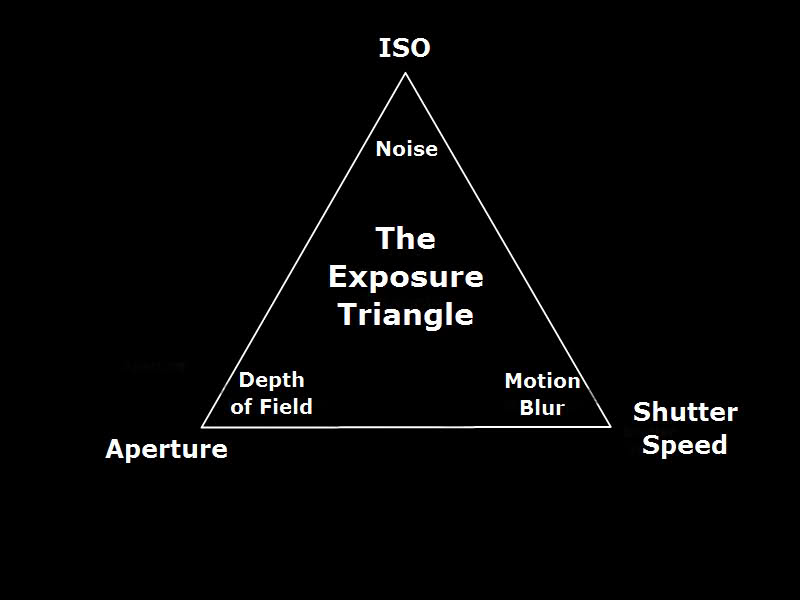Changing People Through Advertising
In our everyday life, wherever we go, whatever we do, advertisements will always be just around the corner. Televisions, radios, newspapers, magazines, flyers, billboards, posters, tarpaulins, telephone directories, emails, and internet, are the mediums used for advertising. And we, in the least, use and see 2 to 3 of them at the same time. That is why, in any way, advertisements have molded us into something, changed our thoughts and opinions. But how?
Advertising is a way of persuasion. It is made to convince people in any way possible, even making the reality looks horrifying true.
Take a look on this ads:

These are powerful advertisements with different campaigns but with only one goal- to make us see the reality of life. This is a good way of advertising for changing people. For years we've been too focused on ourselves, we become selfish and forgot more important things around us, but through the eye opening posters it could change our bad habits, our bad beliefs, our negative opinions and us being blinded from what are real.
Source:
http://www.boredpanda.com/powerful-social-advertisements/










